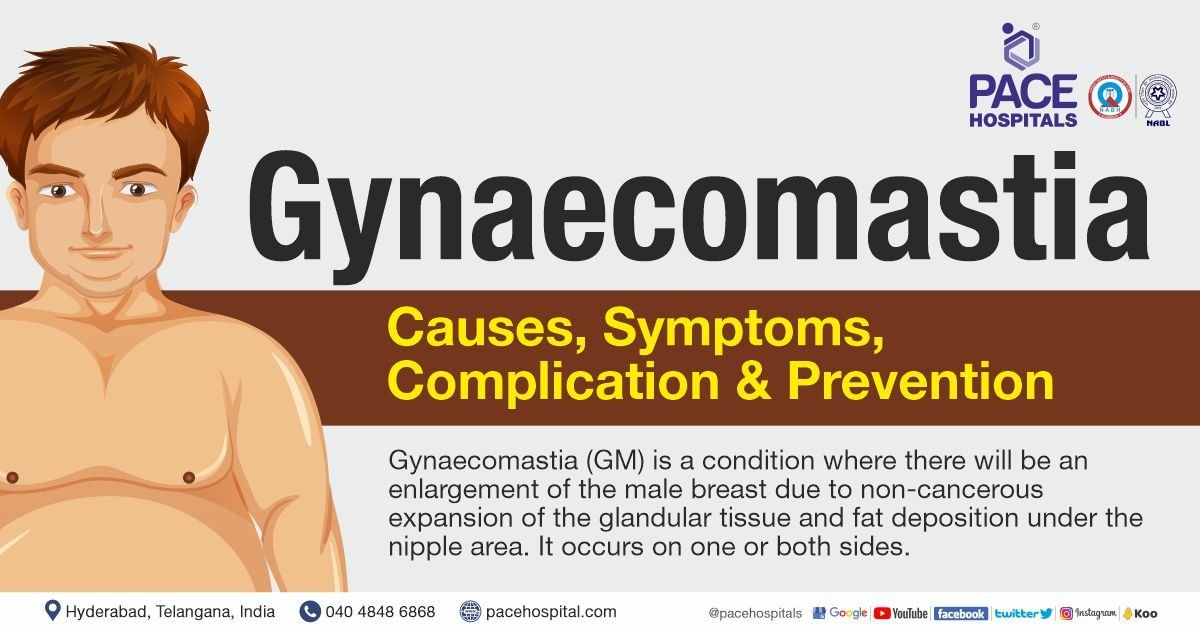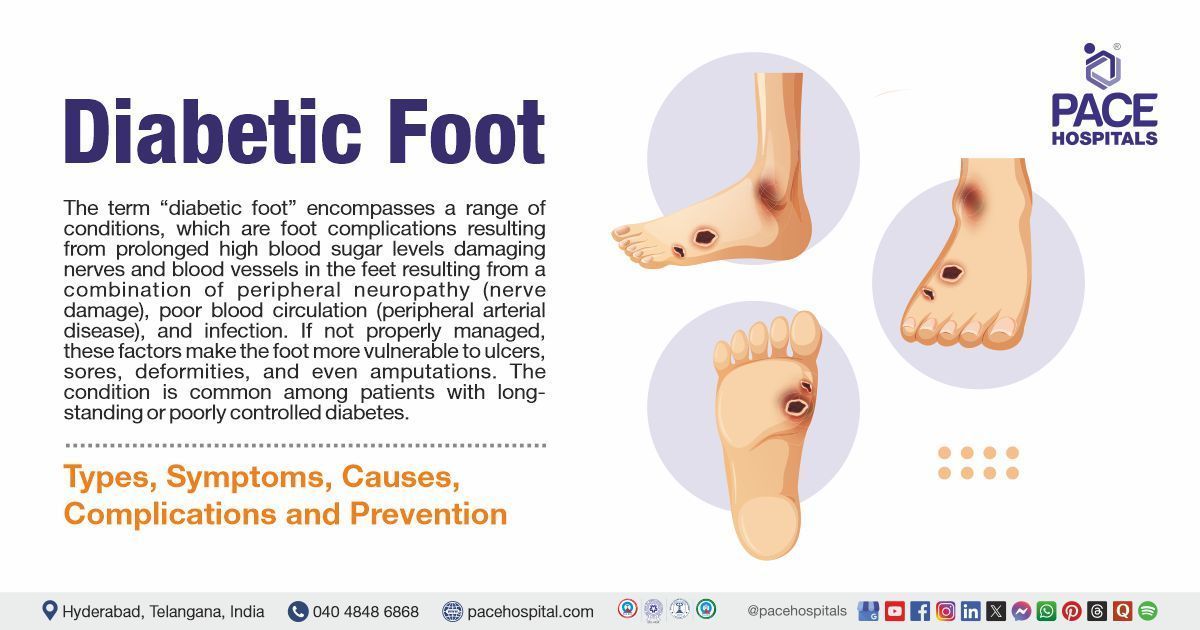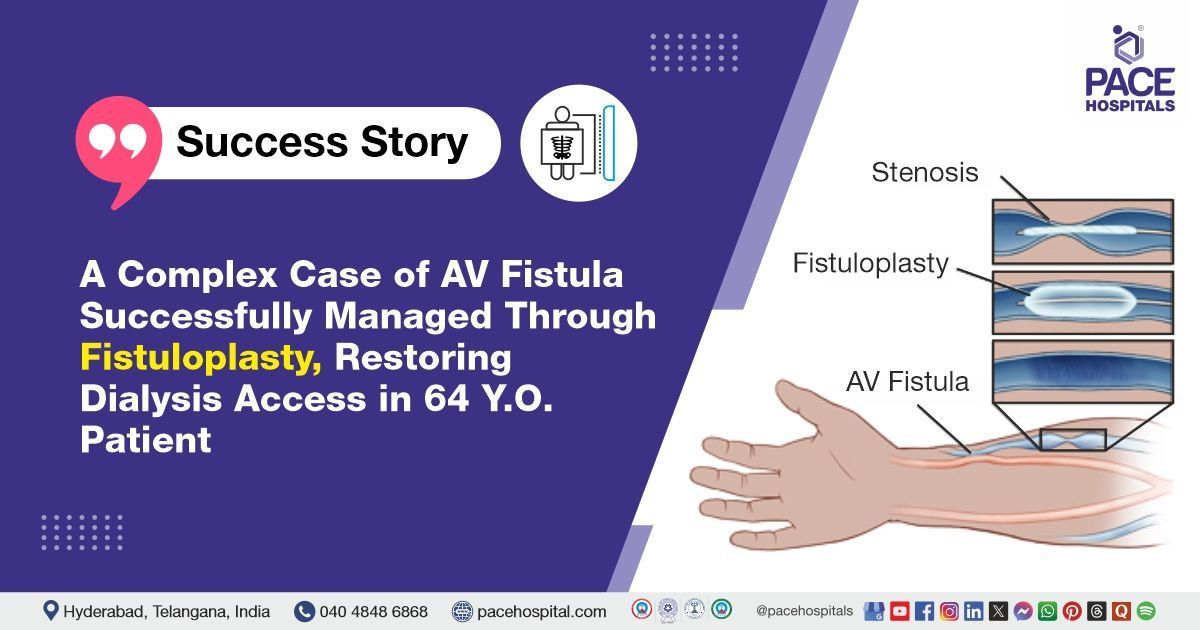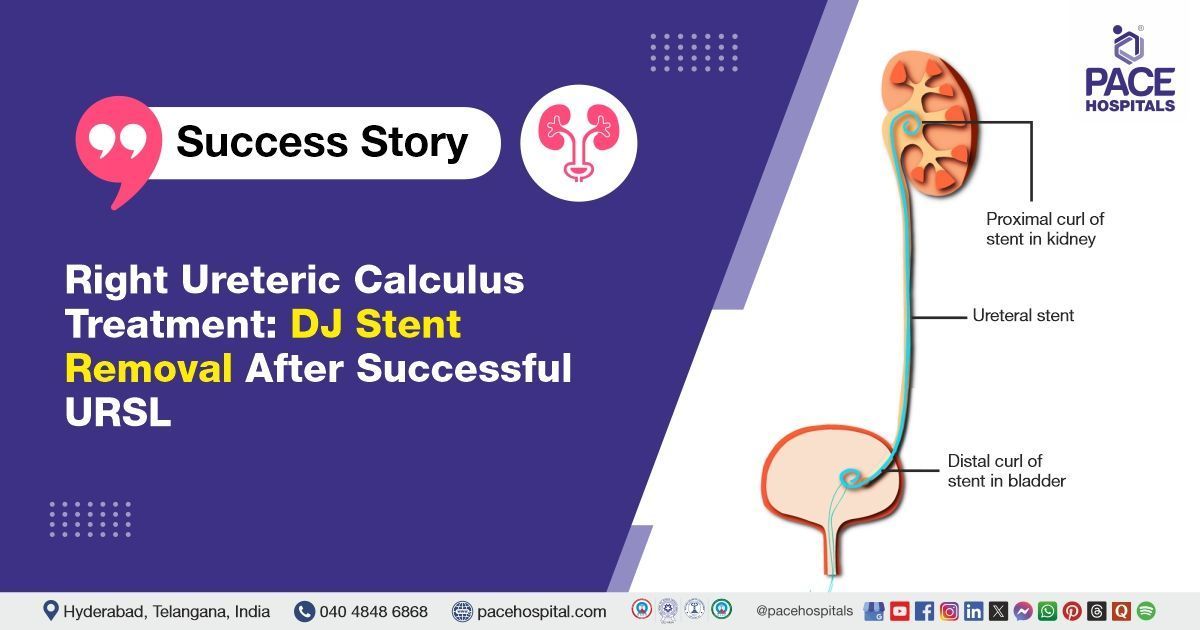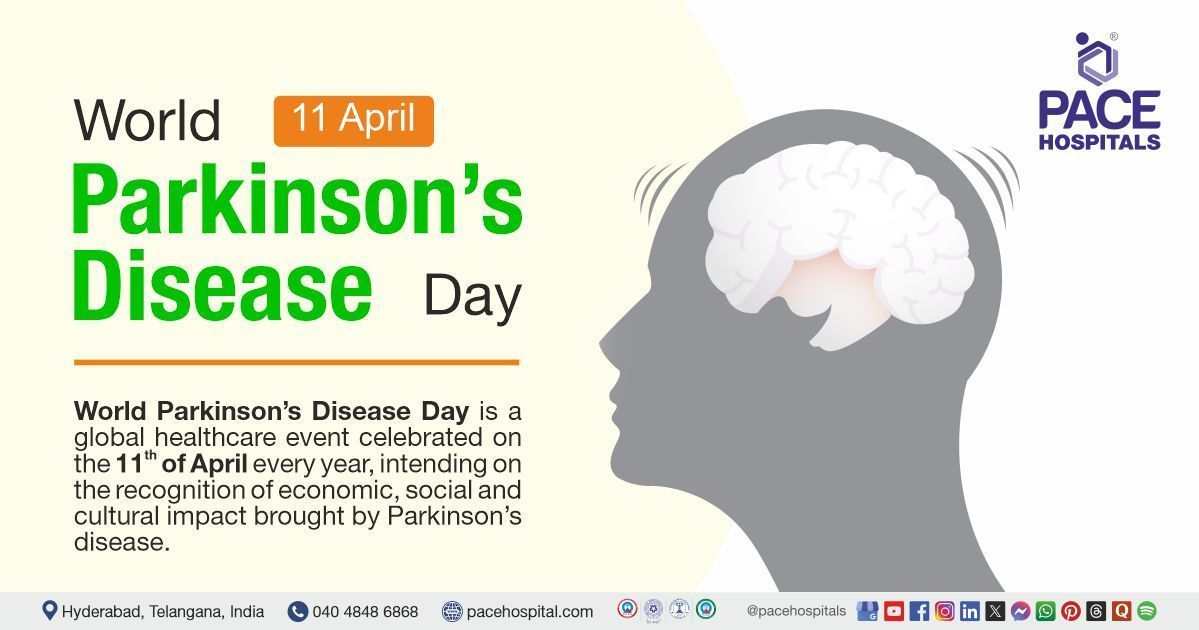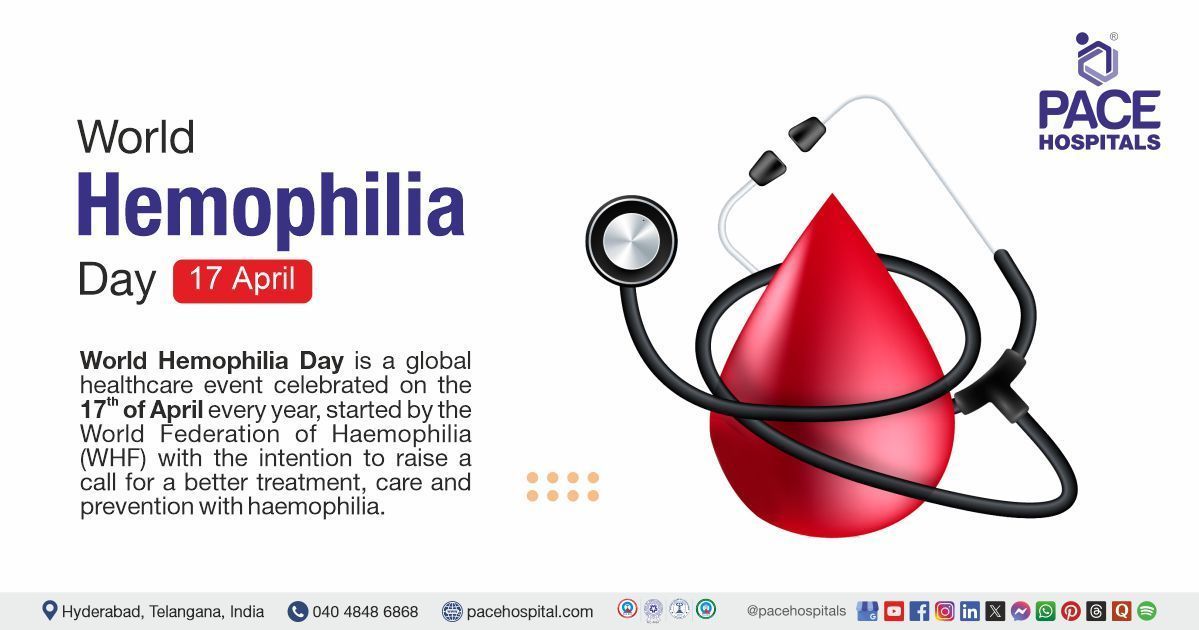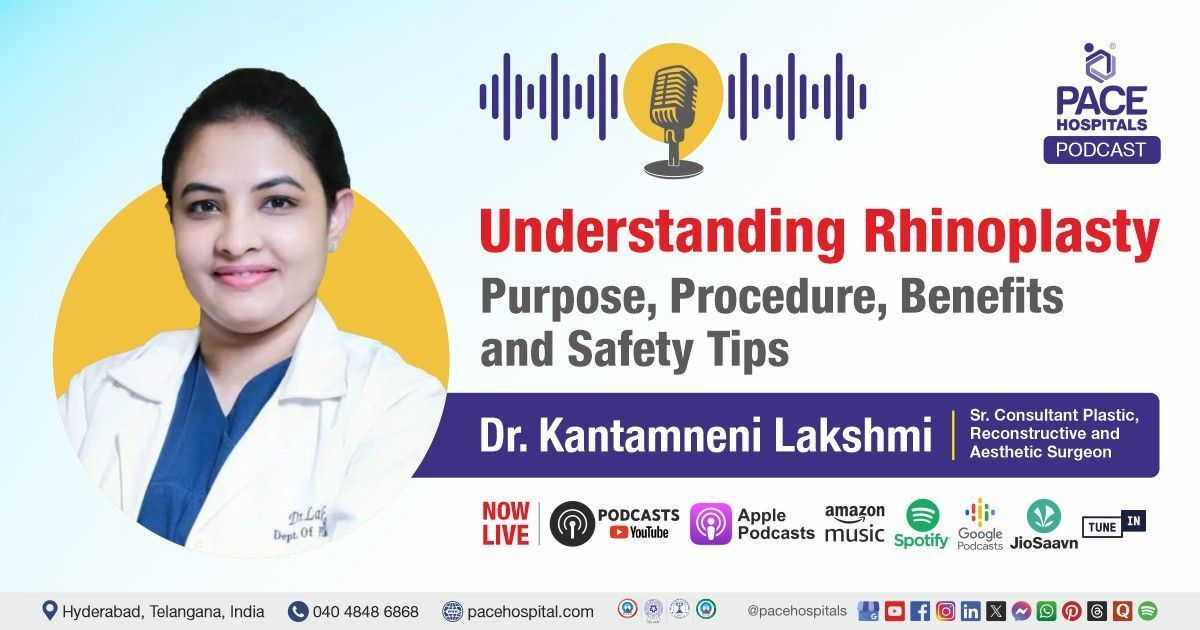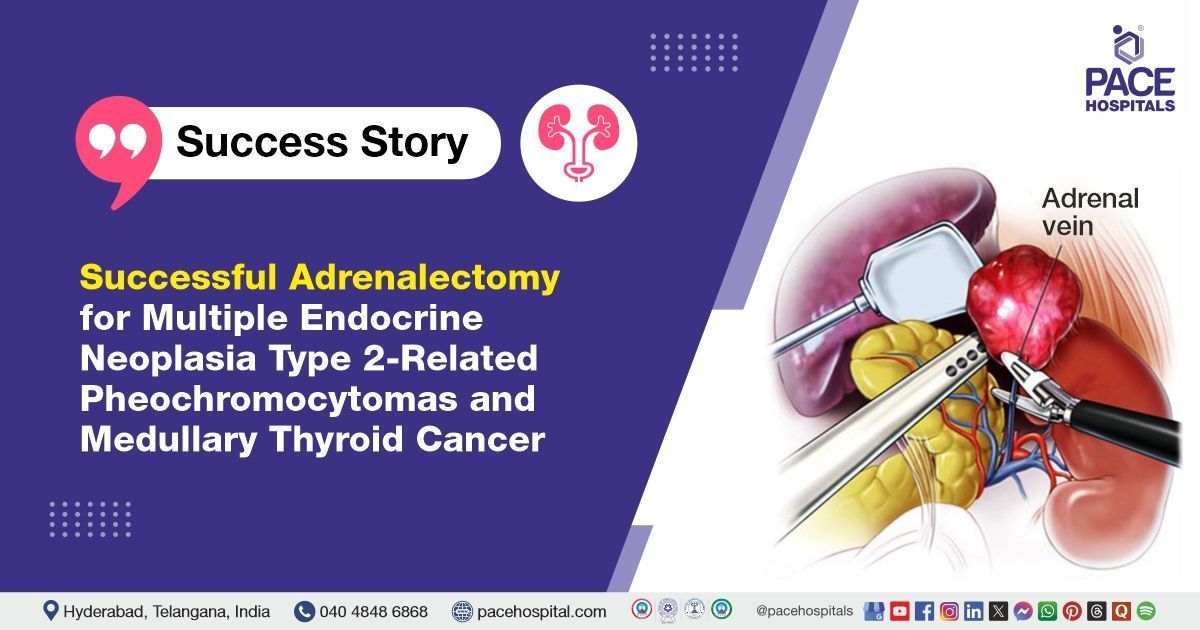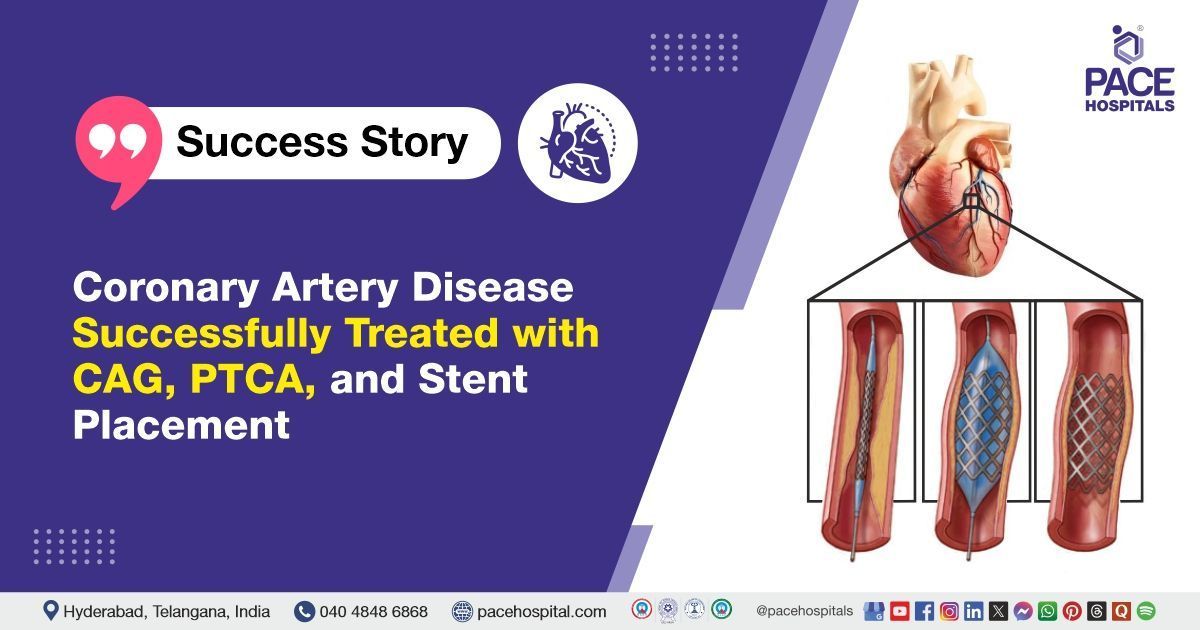Gynecomastia – Symptoms, Causes, Complications and Prevention
Gynecomastia (GM) is a condition where there will be an enlargement of the male breast due to non-cancerous expansion of the glandular tissue and fat deposition under the nipple area. It occurs on one or both sides.
What are its signs and symptoms? And how can we manage it? Before we address the questions about gynaecomastia, let’s try to understand the anatomy of gynaecomastia, its occurrence and its types.
Anatomy
Gynecomastia is caused by enlargement of glandular breast tissue in men. The oestrogen hormone is responsible for glandular tissue growth in men
In normal male breast tissue, it consists of muscle and fat layer under the nipple area. In gynaecomastia patients, due to increased oestrogen and decreased testosterone concentrations, there will be formation of fibrous glandular tissue and an increase in adipose tissue under the nipple area, giving the appearance of a female breast.
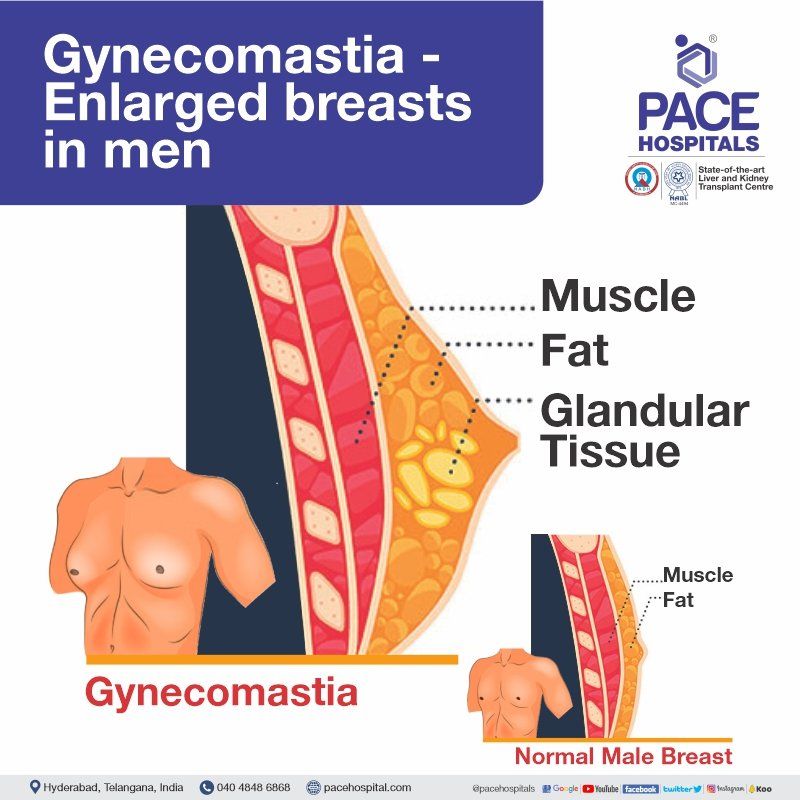
Prevalence
Gynaecomastia is very common condition among males. In India, nearly 40% to 60% of male patients were affected. Most adult men with gynecomastia report no symptoms and the prevalence of asymptomatic gynecomastia is higher in neonates (a baby who is 4 weeks old or younger).
| Age group | Neonates | Adolescents (10 – 19 years) | Adult (50 to 69 years) |
|---|---|---|---|
| Incidence | 60 - 90 % | 50 - 60 % | 70 % |
About 50% of mid-pubertal boy’s experience gynaecomastia of puberty, which is a common condition. Among those, more than 90% of cases resolve spontaneously within 24 months.
Adults are more likely to have gynecomastia as they get older. In about 45–50% of cases, a thorough evaluation can find a cause.
Gynaecomastia in newborns is caused by oestrogen from their mother. Breast buds are quite common in newborn boys. Breast buds usually disappear by 6 months of age, but they can last longer in some babies.
- Breast buds are common in pre-teen boys during puberty. The buds can last up to two years, but they usually fade after the first year. An oestrogen-producing tumour can also cause gynecomastia.
- Gynecomastia in adolescent boys is caused by puberty's hormonal changes. Gynaecomastia is common in boys from early puberty to middle puberty. It usually resolves itself within 6 months to 2 years.
What is pseudogynecomastia?
It is defined as the enlargement of the breasts due to excess deposition of body fat tissue under the nipples, which appears as if there is a presence of breasts. It is also called lipomastia or adipomastia.
Gynecomastia vs Pseudogynecomastia | Difference between Gynecomastia and Pseudogynecomastia
| Elements | Gynecomastia | Pseudogynecomastia |
|---|---|---|
| Diagnosis | The presence of glandular (firm mass) tissue on one or both sides of the areola regions. | Absence of firm mass and the presence of fat tissue under the nipples. |
| Etiology | It is caused by the imbalance between oestrogen and testosterone (hormonal changes). Presence of underlying conditions like hypogonadism, hyperthyroidism, starvation, liver cirrhosis, kidney failure, dialysis, Kennedy’s syndrome, etc. | It is caused due to the excess deposition of body fat tissue under the nipples. No underlying conditions exists. |
| Afflicted population | It is seen in all age groups among men. | It seen in obese males. |
| Treatment | Liposuction or mastectomy. In some cases, both the procedures are to be required based on the patient situation. | A change in the life style or weight loss or Liposuction are the options. |
Types and Stages of Gynaecomastia
- Florid gynaecomastia: In the early phases of the condition, it is typically noticed (4 months or less). An increase in ductal tissue and vascularity is seen.
- Fibrous gynecomastia: It is observed after 12 months of duration, which is characterized by more stromal fibrosis and few ducts.
- Intermediate gynecomastia: It is also observed after 12 months of duration, which is a thought to be a progression from florid to fibrous.
Based on amount of breast enlargement, there are classified into 3 grades:
- Grade I: Minor enlargement with no excess skin
- Grade IIa: Moderate enlargement with no excess skin
- Grade IIb: Moderate enlargement with extra skin
- Grade III: Marked enlargement with extra skin
As per Rohrich et al based on the grades on severity, gynecomastia is categorised into four grades:
- Grade I: Minimal hypertrophy (< 250 g) without ptosis
- Grade II: Moderate hypertrophy (250–500 g) without ptosis
- Grade III: Severe hypertrophy (> 500 g) with grade I ptosis
- Grade IV: Severe hypertrophy with grade II or grade III ptosis
Based on the presence of symptoms, there are classified into 2 types:
- Asymptomatic
- Symptomatic
Etiology
Most cases of gynaecomastia in males have an idiopathic (unknown reason) origin. It is, however, clear that it is caused by an imbalance between the sex hormones oestrogen and testosterone in men. It is due to primary and secondary T deficiency:
Primary T deficiency: It causes low testosterone production which increases luteinizing hormone concentration, thereby increasing imbalance between oestrogen to androgen.
Secondary T deficiency: It causes low testosterone production due to the following reasons.
- Isolated hypogonadotropic hypogonadism, such as Kallmann’s syndrome.
- Other genetic defects like PROP1 gene mutations.
- Pituitary adenomas, including hyperprolactinaemia.
- Cranial irradiation.
- Treatment with opioid or its abuse can also lead to testosterone deficiency.
Causes of Gynecomastia
1. Early puberty
During the early stages of puberty, a boy's level of oestrogen will be higher than the level of testosterone. This causes the imbalance of oestrogen to testosterone levels causes gynecomastia.
2. Diseases and conditions
Cirrhosis, or liver disease: Due to the increased production of androstenedione (steroid hormone responsible for the production of oestrogen and testosterone) from the adrenal glands, an increase in the conversion of androstenedione to oestrone and oestrone oestradiol and decreased clearance of adrenal androgens from the liver leads to a decrease in free testosterone. This causes an imbalance between the amount of oestrogen and testosterone in the body, which leads to gynecomastia.
Starvation: Malnourishment can result in gynecomastia due to decreased gonadotropin (hormone responsible for production of testosterone in males) levels followed by normal production of oestrogens by the adrenal gland, which leads to an imbalance between testosterone and oestrogen.
Male hypogonadism: Primary hypogonadism (production of low amount of sex hormones) can lead to a decrease in testosterone production.
Hyperthyroidism: In hyperthyroidism, there will be an increase in sex hormone binding globulin (protein), which leads to an increase in oestradiol levels.
Renal / kidney failure and dialysis: In haemodialysis patients, there will be abnormalities in the function of the Leydig cell (source of testosterone or androgens in males). In case of kidney failure, it leads to hormonal abnormalities, where the testosterone level goes down and oestradiol and luteinizing hormone levels go up.
Abnormal human chorionic gonadotrophin (hCG) production: Human chorionic gonadotrophin is a hormone produced by the placenta during pregnancy in females. There are undetectable concentrations of hCG in a healthy male, but when a male patient is diagnosed with either large cell lung carcinoma or gastric carcinoma or renal cell carcinoma or rarely hepatoma, human chorionic gonadotrophin production will be increased which leads to gynaecomastia.
True hermaphroditism: True hermaphroditism is characterised by the presence of both ovarian and testicular tissues. Too much ovarian oestrogen secretion can cause gynecomastia by stopping intratesticular cytochrome P450 C17 activity. This makes the testicles produce less testosterone.
Stressful life events: Oestrogen precursors in excess are secreted by the adrenal glands in a stressed condition.
Type 1 diabetes mellitus: Males with long-term type 1 diabetes mellitus can develop diabetic mastopathy (non-cancerous lesions in the breast formed due to long-term type 1 diabetes).
Kennedy’s syndrome: Gynecomastia is a feature of male patients with this syndrome.
Overweight/Obese: Overweight/Obese can raise oestrogen levels, causing breast tissue to grow. Overweight people are more likely to have excess fat, which can cause breast tissue to enlarge.
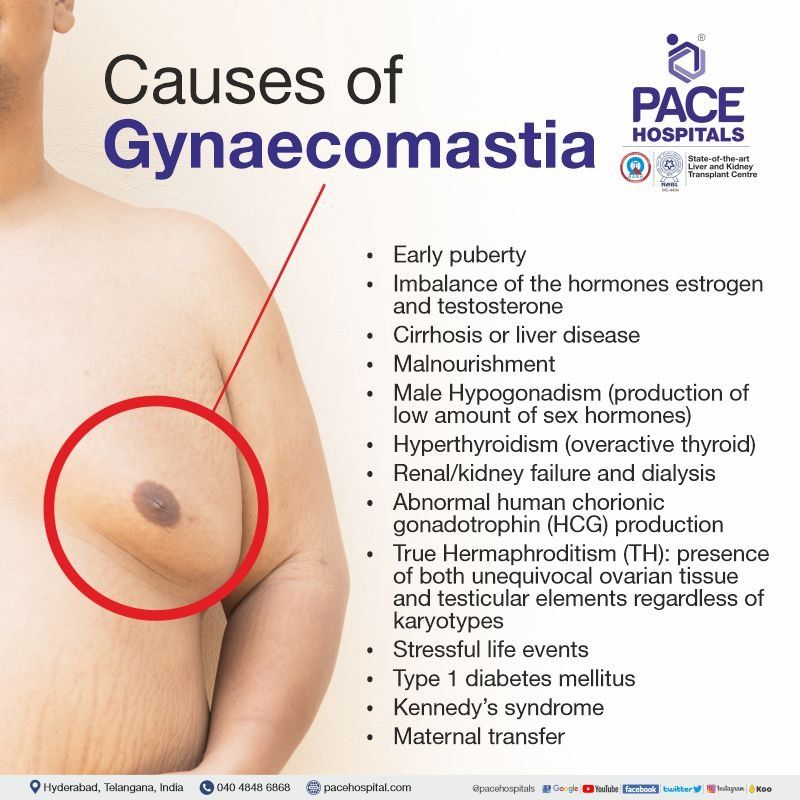
3. Maternal transfer
Gynaecomastia in newborn boy is caused by oestrogen from their mother, which passes through the placenta. Breast buds are quite common in newborn boys. Breast buds usually disappear by 6 months of age, but they can last longer in some babies.
4. Medications
- Drugs which are used to increase serum oestrogen levels.
- Drugs which decrease serum testosterone or dihydrotestosterone (Ex: ketoconazole, metronidazole, spironolactone, cancer chemotherapy, finasteride or dutasteride.
- Drugs which promote oestrogen like activity (Ex: digitoxin and herbal products)
- Drugs which block the androgen receptors (Ex: flutamide, bicalutamide, spironolactone cimetidine and marijuana).
- Drugs like antipsychotic agents, metoclopramide and verapamil which increase serum prolactin (hormone that stimulates milk production after childbirth) in men.
- Other drugs like isoniazid, amiodarone, antidepressants, human chorionic gonadotrophin, proton pump inhibitors, highly active retroviral therapy can also cause gynaecomastia.
Symptoms of Gynecomastia
The majority of the adult men with gynaecomastia have no symptoms. The following are some signs and symptoms of the condition:
- Enlargement of either one or both breasts
- Painful nipple or tender formation
- Nipple sensitivity with rubbing against clothes
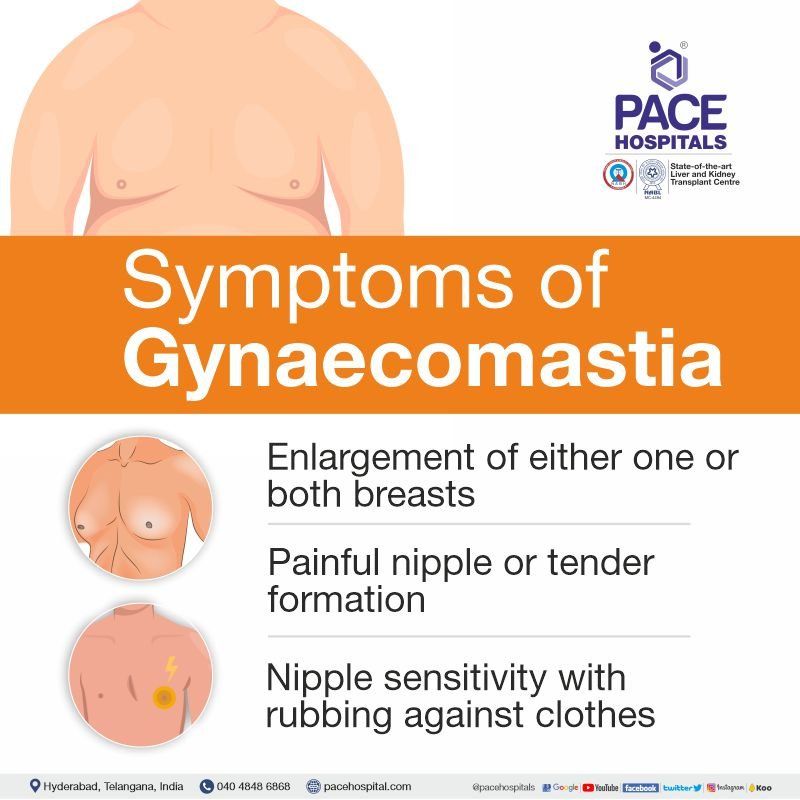
Risk factors for Gynecomastia
The following are some of the factors that can lead to an increased risk of male gynecomastia:
Genetic:
- Klinefelter’s syndrome
Drugs:
- Recombinant human growth hormone
- Oestrogens
- Anti-androgens
- Gonadotropin releasing hormone (GNRH) agonists
- 5-alpha reductase inhibitors
Disease:
- Testicular neoplasms
- Liver and renal damage
- Hyperthyroidism
- Hypogonadism
Age:
- Adolescent and Older age or above 60 years
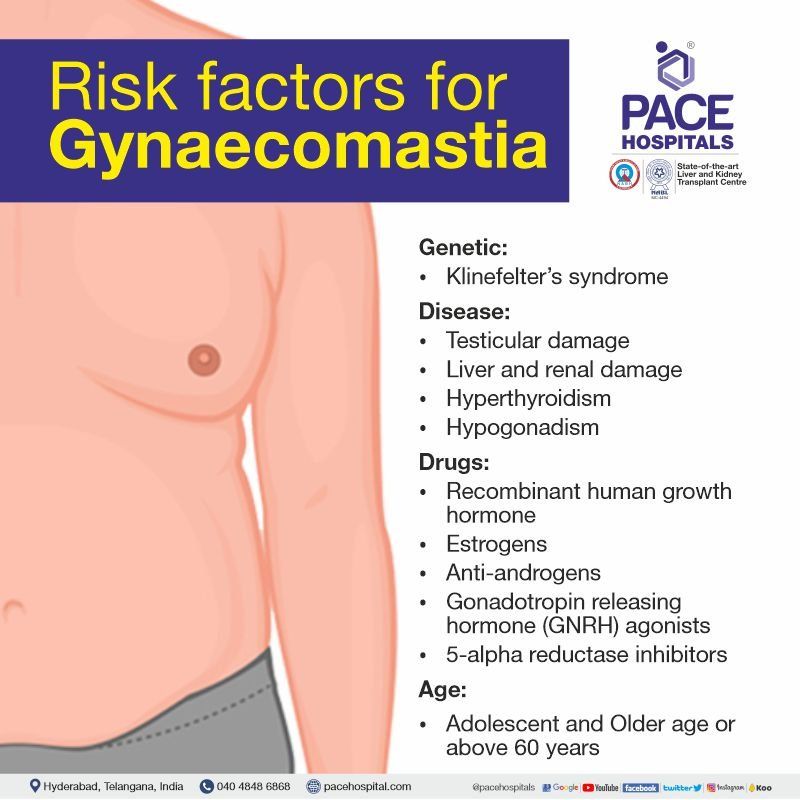
Complications of Gynecomastia
Gynecomastia has few physical complications, but it can cause psychological or emotional problems caused by appearance. It can cause anxiety, depression, low self-esteem, and even eating disorders and body dysmorphia.
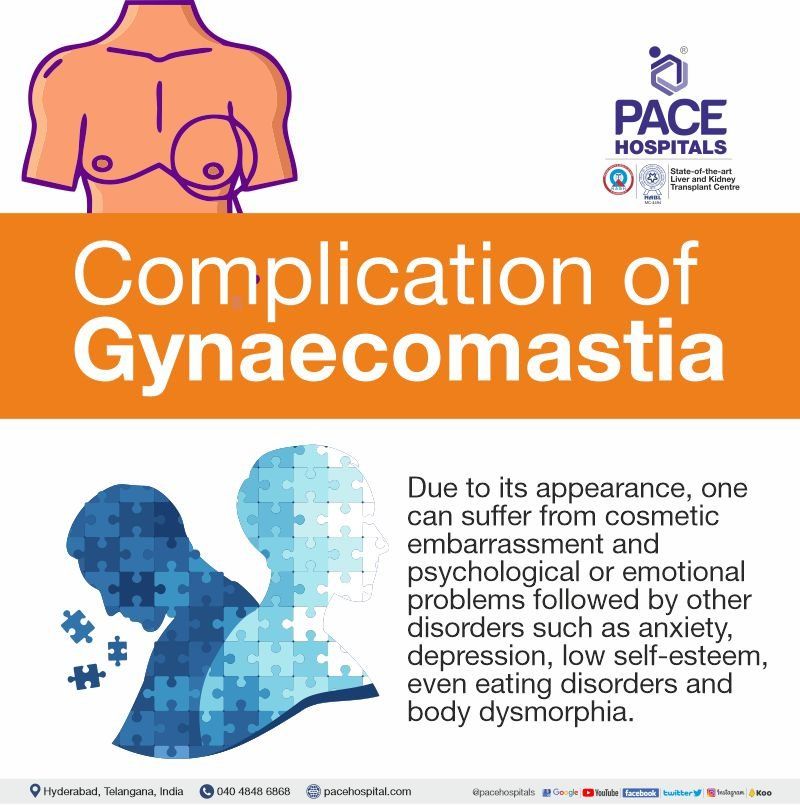
By palpating (squeezing the breast between the examiner's thumb and forefinger) the area starting from the outer regions of the breast to the centre, the doctor will check for firmness (the presence of glandular mass 2 cm in diameter or bigger) and make a diagnosis of gynecomastia based on physical examination (symptoms) of the patient.
The physical examination also includes :
- Presence of feminisation signs, stigmata of liver disease, regional lymph node, breast and overlying skin and thyroid.
- Height and weight
- Scrotum.
Your doctor might suggest the following blood test and radiology imaging test to better understand the condition.
- Kidney function test
- Liver function test
- Thyroid function tests
- Serum levels of testosterone (total and bioavailable), LH, FSH, prolactin.
- Serum levels of oestrogens (oestradiol)
- Tumour markers for germ cell neoplasms (β-hCG)
- Levels of adrenal androgens (serum DHEA-sulphate or urinary 17-ketosteroids)
- Biopsy is a procedure where a small amount of breast tissue is taken and examined for cancer cells.
- A low-dose X-ray of your breast (mammogram) may be performed in order to evaluate any breast abnormalities.
- Breast ultrasonography
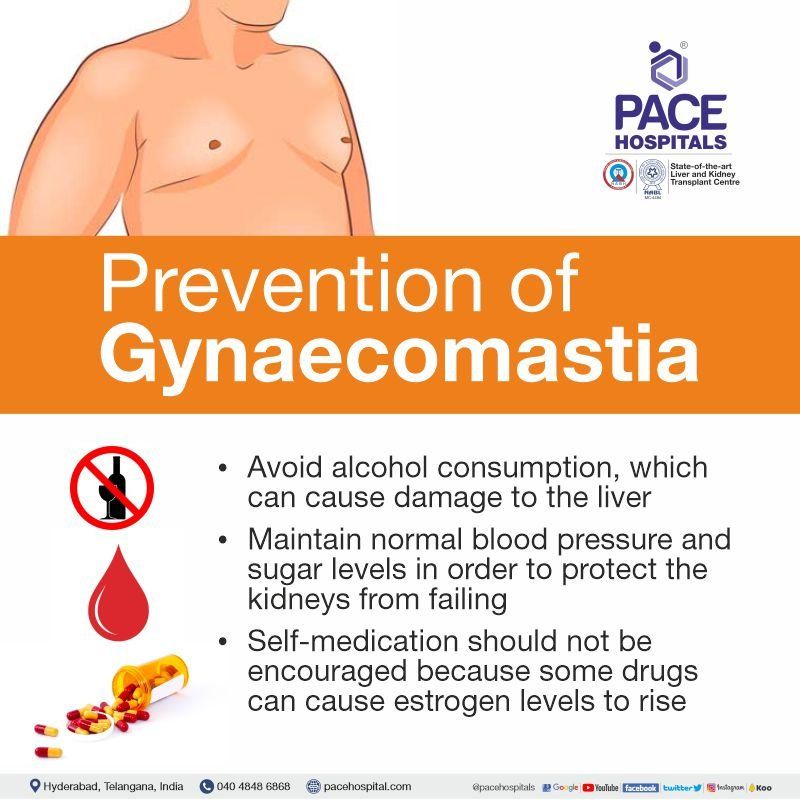
Prevention of Gynecomastia
With a healthy lifestyle, one can prevent the underlying diseases that can cause gynecomastia. It includes:
- Avoid alcohol consumption, which can cause damage to the liver.
- Maintain normal blood pressure and sugar levels in order to protect the kidneys from failing.
- Self-medication should not be encouraged because some drugs can cause oestrogen levels to rise.
Treatment of Gynaecomastia
Gynaecomastia usually resolves on its own over time. Some cases of gynaecomastia do not require treatment. Treatment may be required in cases where the cause is by underlying diseases and conditions. There are two types of treatment options for gynaecomastia, depending on the underlying cause.
- Medical treatment
- Surgical treatment such as Liposuction and Mastectomy
Frequently asked questions
Which doctor should I see for gynaecomastia?
A highly qualified and vastly experienced
plastic surgeon is the best person to consult in order to know more about gynaecomastia and its treatment options. A plastic surgeon is the one who understands well about your condition and need.
Is gynaecomastia curable?
It depends upon your condition,
- In some cases of gynaecomastia, where it occurs during puberty, it usually resolves within six months to two years.
- If it is caused due to usage of any medications, by discontinuing such medicines, it will resolve the condition of gynaecomastia.
- If it is caused by any underlying conditions like kidney, liver, cancer and thyroid disease, your doctor aims to treat the underlying conditions in order to treat gynaecomastia.
- If it occurs due to an imbalance between testosterone and oestrogen levels, based on your condition, your doctor may suggest medication therapy or surgery (liposuction and mastectomy)
What exactly is gynaecomastia surgery?
It is the removal of a proliferated area of the men’s breast due to the accumulation of fat and non-cancerous proliferation of the glandular tissue. Based on the severity, there are two types of surgical procedures. If the patient has mild to moderate excess fatty tissue deposition and glandular tissue without excess skin laxity, liposuction is preferred. Excision process is preferred, when the patient has moderate to severe gynecomastia, and/or excess skin laxity.
Can gynaecomastia be removed with liposuction?
Yes, liposuction surgery helps in the removal of mild to moderate gynaecomastia conditions. This process is done by creating a small incision, inserting a thin tube called cannula into the incision, and undergo continuous back and forth in a guided movement with efforts to disrupt the inframammary fold. The excess fat tissue is then removed through a surgical vacuum.
Will skin tighten after gynaecomastia surgery?
Yes, the skin might be tightened after the surgery. Post-surgery, as a part of recovery, the skin and tissue will contract and settle, which makes the skin tighter and it stays for months to years.
Can gynaecomastia be cured at puberty period?
Yes, gynaecomastia that occurs during puberty resolves without any treatment with in six months to two years.
Can gynaecomastia be cured by fasting?
No, fasting cannot help in treating gynaecomastia conditions. On the contrary, it might even decease testosterone concentrations in blood and normal production of oestrogens from the adrenal glands, which might result in an imbalance of testosterone to oestrogen concentration ratio.
Can gynaecomastia only be removed by surgery?
It depends on the causative factor. Surgery is not required, if it is caused by any underlying diseases such as hypogonadism, starvation, liver cirrhosis etc, as your physician tries to treat the underlying diseases. Surgery is required if there is increased severity of gynaecomastia despite no underlying diseases to treat, and there has been no improvement in the last six months (from the date of onset) or if it causes significant pain and tenderness.
What is the cause of gynaecomastia during neonatal period?
Gynaecomastia refers to an enlargement of the male breast tissue that results from a hormonal imbalance. Both maternal and foetal dehydroepiandrosterone (DHEA) and dehydroepiandrosterone sulphate (DHEA-SO4) are converted by the placenta into the oestrone (E1) and oestradiol (E2) during pregnancy. The E1 and E2 are absorbed into foetal circulation, where they stimulate breast glandular proliferation and ultimately causing temporary neonatal gynecomastia.
Request an appointment
Fill in the appointment form or call us instantly to book a confirmed appointment with our super specialist at 04048486868
Appointment request - health articles
Thank you for contacting us. We will get back to you as soon as possible. Kindly save these contact details in your contacts to receive calls and messages:-
Appointment Desk: 04048486868
Whatsapp: 8977889778
Regards,
Pace Hospitals
Hitech City and Madinaguda
Hyderabad, Telangana, India.
Oops, there was an error sending your message. Please try again later. We will get back to you as soon as possible. Kindly save these contact details in your contacts to receive calls and messages:-
Appointment Desk: 04048486868
Whatsapp: 8977889778
Regards,
Pace Hospitals
Hitech City and Madinaguda
Hyderabad, Telangana, India.
Our Locations – Find the Best Hospital Near You
Metro Pillar Number C1772, Beside Avasa Hotel, Hitech City Road, Near HITEC City Metro Station, Hyderabad, Telangana, India.
Mythri Nagar, Beside South India Shopping Mall, Hafeezpet, Madeenaguda, Hyderabad, Telangana, India.
040 4848 6868
Payment in advance for treatment at PACE Hospitals, Hyderabad, Telangana, India (Pay in INR ₹)
For Bank Transfer:-
- Bank Name: HDFC
Company Name: Pace Hospitals
A/c No.50200028705218
IFSC Code: HDFC0000545 - Bank Name: STATE BANK OF INDIA
Company Name: Pace Hospitals
A/c No.62206858997
IFSC Code: SBIN0020299
Scan QR Code by Any Payment App (GPay, Paytm, Phonepe, BHIM, Bank Apps, Amazon, Airtel, Truecaller, Idea, Whatsapp etc).
CONTACT US
Call: +914048486868
WhatsApp: +918977889778
Email: info@pacehospitals.in
FOLLOW US
SUBSCRIBE
Subscribe to our newsletter and stay updated with the latest health information.
Subscribe to PACE Hospitals' Public Newsletter
Thank you for subscribing to PACE Hospitals' Newsletter. Stay updated with the latest health information.
Oops, there was an error. Please try again submitting your details.
ABOUT US
QUICK LINKS
Disclaimer
General information on healthcare issues is made available by PACE Hospitals through this website (www.pacehospital.com), as well as its other websites and branded social media pages. The text, videos, illustrations, photographs, quoted information, and other materials found on these websites (here by collectively referred to as "Content") are offered for informational purposes only and is neither exhaustive nor complete. Prior to forming a decision in regard to your health, consult your doctor or any another healthcare professional. PACE Hospitals does not have an obligation to update or modify the "Content" or to explain or resolve any inconsistencies therein.
The "Content" from the website of PACE Hospitals or from its branded social media pages might include any adult explicit "Content" which is deemed exclusively medical or health-related and not otherwise. Publishing material or making references to specific sources, such as to any particular therapies, goods, drugs, practises, doctors, nurses, other healthcare professionals, diagnoses or procedures is done purely for informational purposes and does not reflect any endorsement by PACE Hospitals – your trusted hospital near me.

